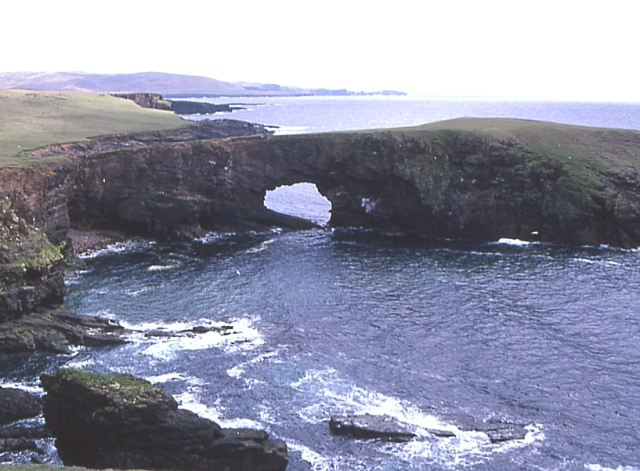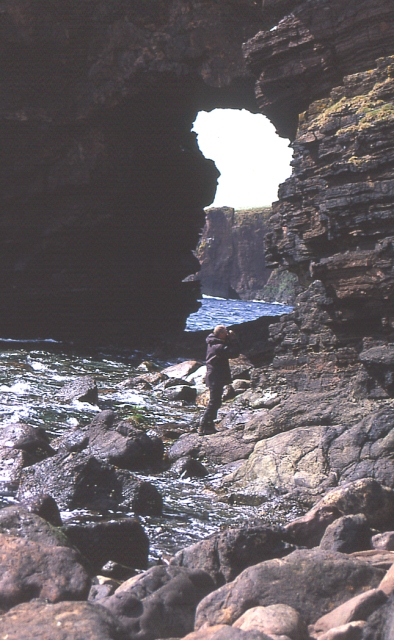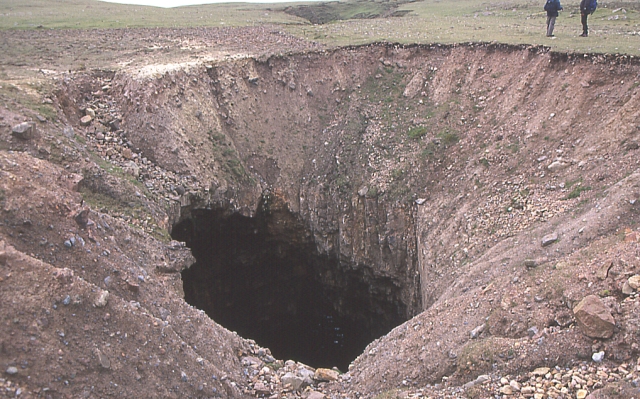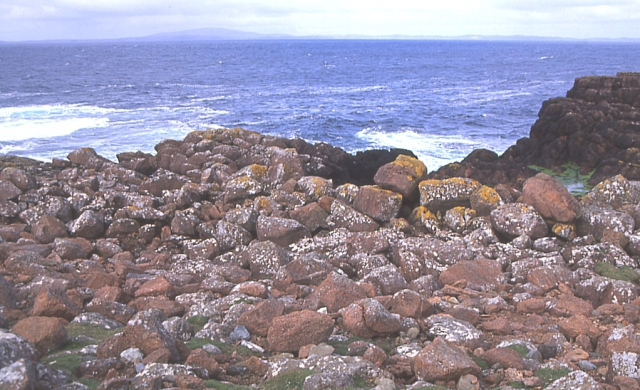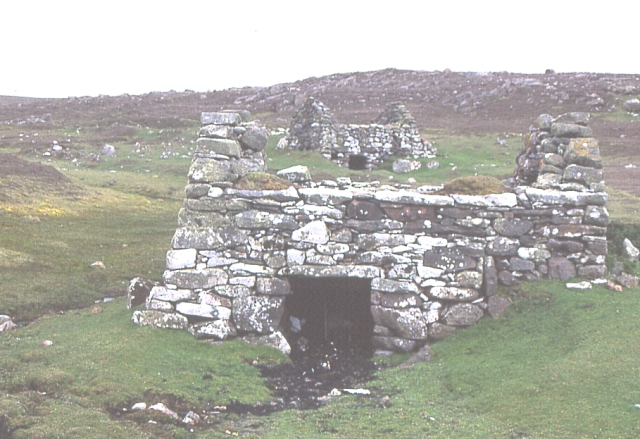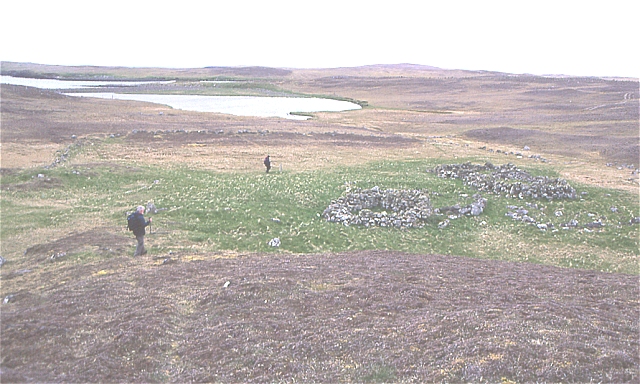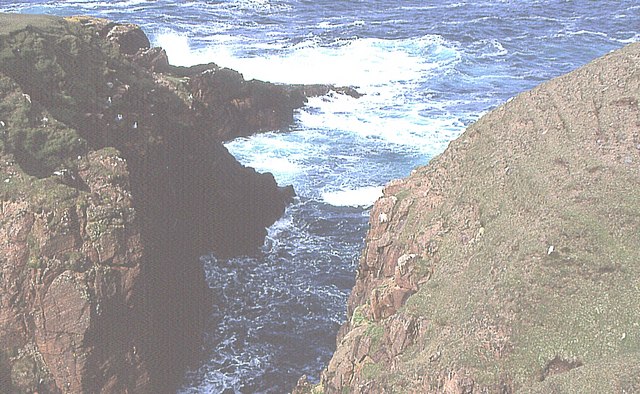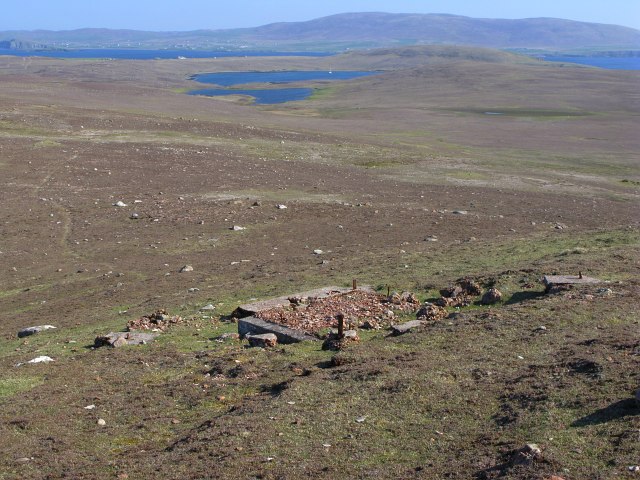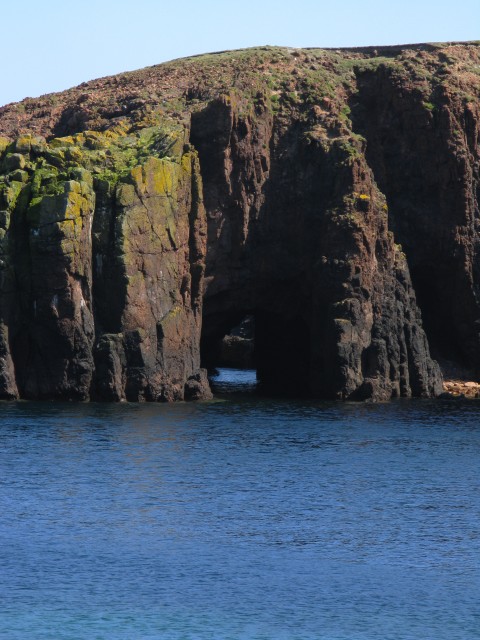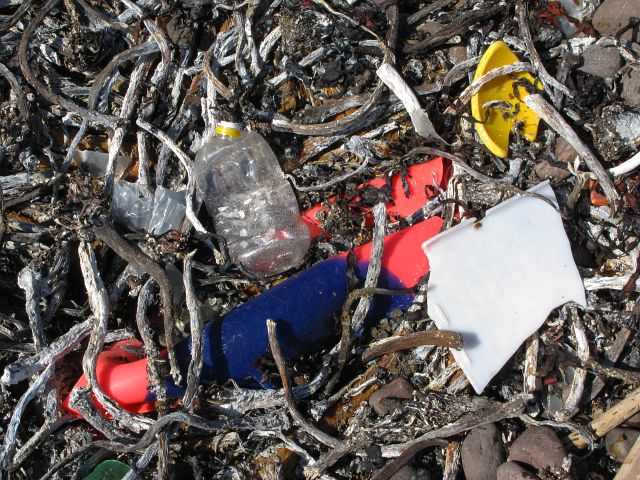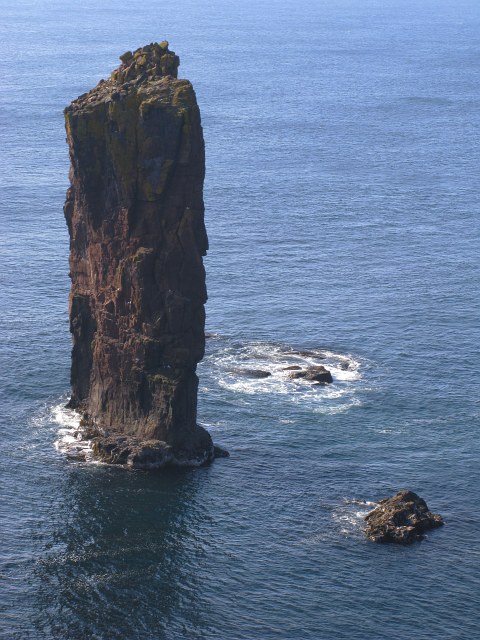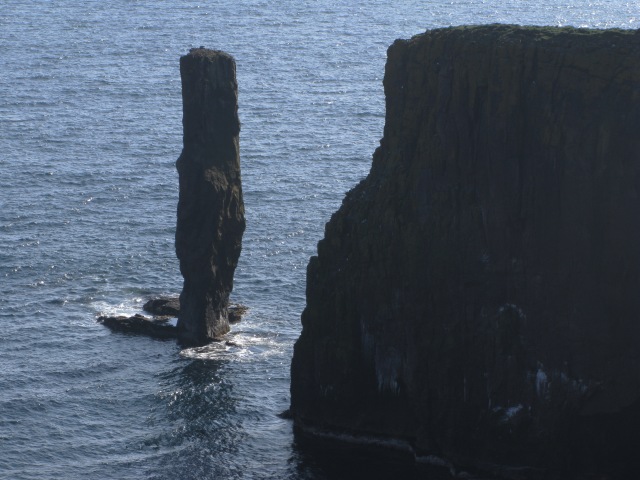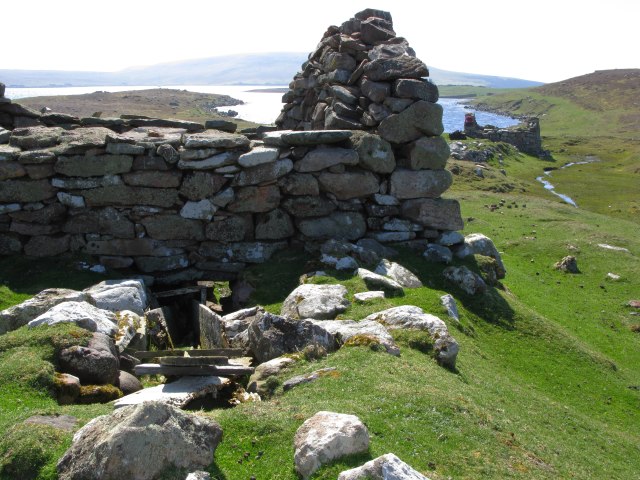South Horn
Coastal Feature, Headland, Point in Shetland
Scotland
South Horn
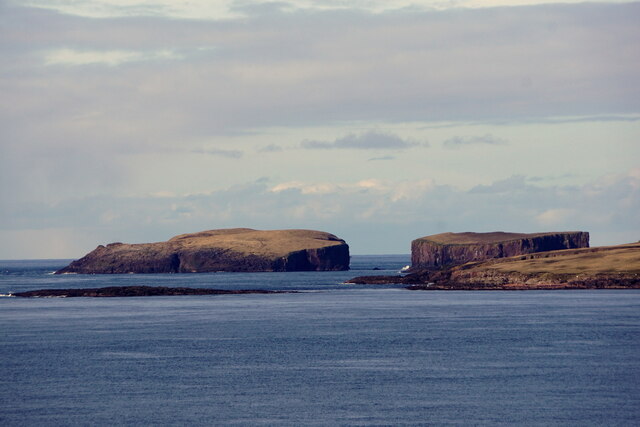
South Horn is a prominent coastal feature located in the Shetland Islands, Scotland. It is a headland that juts out into the North Sea, forming a distinctive point that marks the southernmost tip of the Shetland mainland. With its rugged cliffs and stunning coastal scenery, South Horn is a popular destination for both locals and tourists.
The headland is characterized by its dramatic landscape, consisting of steep cliffs that rise up to approximately 100 meters in height. These cliffs are composed of rugged rock formations, primarily consisting of Old Red Sandstone. The strong winds and crashing waves have carved out caves and sea stacks along the coastline, adding to the area's unique charm.
South Horn is known for its rich biodiversity, with various seabird colonies inhabiting the cliffs. Species such as puffins, guillemots, and kittiwakes nest here, making it an ideal spot for birdwatching enthusiasts. The surrounding waters are also home to a diverse range of marine life, including seals, dolphins, and occasional sightings of orcas.
Access to South Horn is relatively easy, with a well-maintained path leading to the headland. From the top, visitors are rewarded with breathtaking views of the surrounding coastline and the North Sea. On clear days, it is even possible to see the distant Fair Isle, a small island located between Shetland and Orkney.
Overall, South Horn is a captivating coastal feature that showcases the natural beauty of the Shetland Islands. Its stunning cliffs, diverse wildlife, and panoramic views make it a must-visit destination for nature lovers and outdoor enthusiasts alike.
If you have any feedback on the listing, please let us know in the comments section below.
South Horn Images
Images are sourced within 2km of 60.336762/-1.7382301 or Grid Reference HU1461. Thanks to Geograph Open Source API. All images are credited.
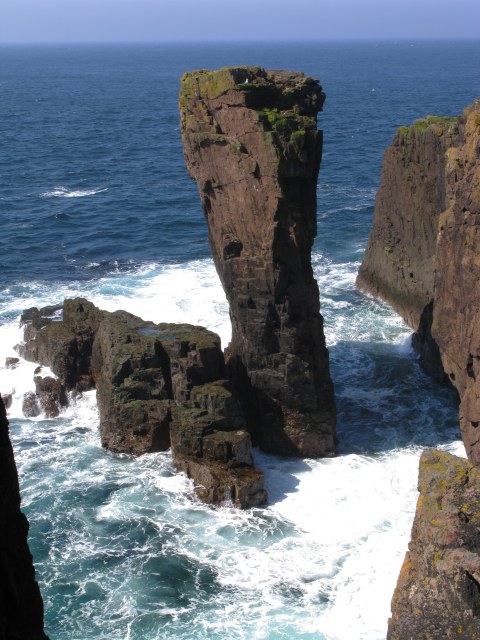
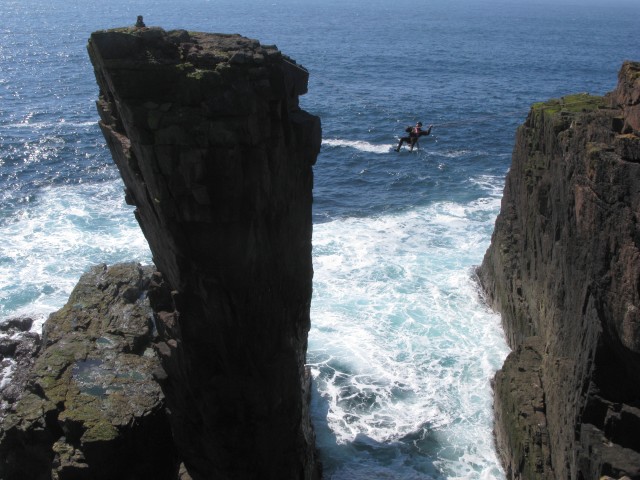
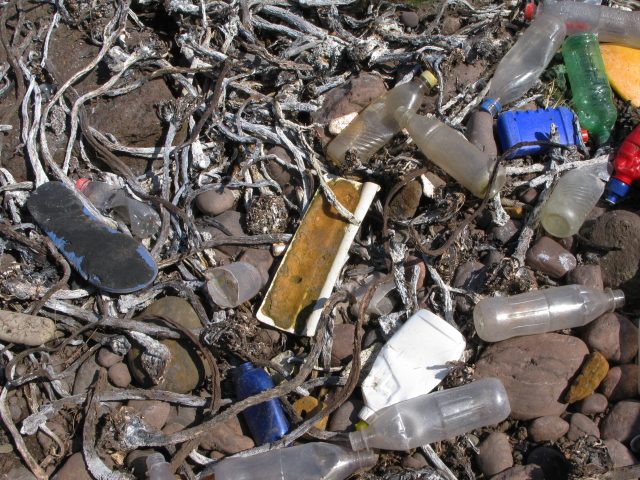
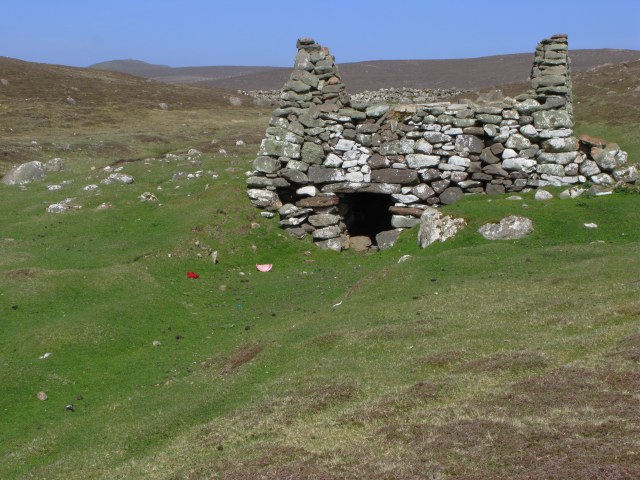
South Horn is located at Grid Ref: HU1461 (Lat: 60.336762, Lng: -1.7382301)
Unitary Authority: Shetland Islands
Police Authority: Highlands and Islands
What 3 Words
///clauses.overdone.owns. Near Walls, Shetland Islands
Related Wikis
Papa Stour
Papa Stour (Scots: Papa Stour) is one of the Shetland Islands in Scotland, with a population of under fifteen people, some of whom immigrated after an...
Papa Stour Airstrip
Papa Stour Airstrip is a small airstrip in the village of Biggings on the island of Papa Stour. Shetland, Scotland. == History == Papa Stour Airstrip opened...
Biggings
Biggings is a village on the island of Papa Stour, in Shetland, Scotland. Papa Stour's church is situated at the south of Biggings. A homestead of Duke...
Maiden Stack
The Maiden Stack or Frau Stack is a tiny stack in the western Shetland Islands to the north of Brei Holm and east of Housa Voe in Papa Stour. It is so...
Brei Holm
Brei Holm is a tiny tidal islet in the western Shetland Islands. It is due east of Papa Stour, to which it is connected at low tide, just outside Housa...
Forewick Holm
Forewick Holm is a 1-hectare (2.5-acre) island in the Sound of Papa in the Shetland islands, Scotland. Located between Papa Stour and the Sandness peninsula...
Ve Skerries
The Ve Skerries or Vee Skerries (Old Norse: Vestan sker, West Skerries) are a group of low skerries (rocky islands) three miles (4.8 km) north west of...
MV Coelleira
MV Coelleira was a Spanish-owned fishing vessel which was built in 1970 in the Netherlands. It was wrecked on 4 August 2019 on the Ve Skerries, Shetland...
Have you been to South Horn?
Leave your review of South Horn below (or comments, questions and feedback).
